There common reed (Arundo donax) is a plant belonging to the family of Poaceae or Graminaceae. She is also known by the names of domestic reed, cane of Provence, river reed or simply, cane And arundo. It is not easy to define exactly the Asian-Middle Eastern origin areas of this plant, but the fact is that, by now, the species is widely naturalized in various parts of the world, and is considered, by most, an invasive plant. The reeds, in fact, are extremely rustic, almost impossible to eradicate, and fast growing. However, these characteristics make the common cane a perfect plant for industrial uses, in particular for the production of biomass for fuel use and cellulose.
So let’s discover the botanical characteristics of this extraordinary plant, which is part of our peasant culture. We also investigate cultivation techniques and understand how it can be exploited in times of crisis in energy sources. Finally, we discover its officinal virtues and its traditional use in agriculture.
Botanical characteristics of Arundo donax
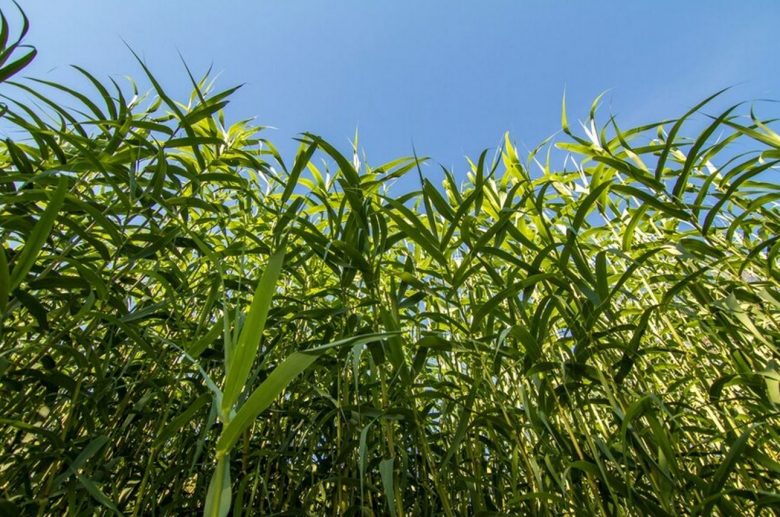
Wanting to summarize, we can say that the common reed is a perennial plant equipped with a large rhizome from whose apex stems (called culms) up to 6 m high emerge in spring.
Let’s see in detail the most interesting botanical parts of this plant.
Rhizome
The rhizome of Arundo donax it is the perfect example of the organic type rhizomatous geophyte. In the case of the domestic cane, we are talking about an articulated system of rhizomes capable of deepening, extending and multiplying in the ground. The rhizome is woody and hard, thinner secondary roots arise everywhere above it, able to anchor the plant firmly to the ground. This detail already suggests that the reeds are among the best windbreaks ever.
Returning to the rhizome, we see that it carries primary and secondary buds on it. From these buds in spring the stems, or the reeds, and further extension buds develop which will then give life to new rhizomes.
Culmi
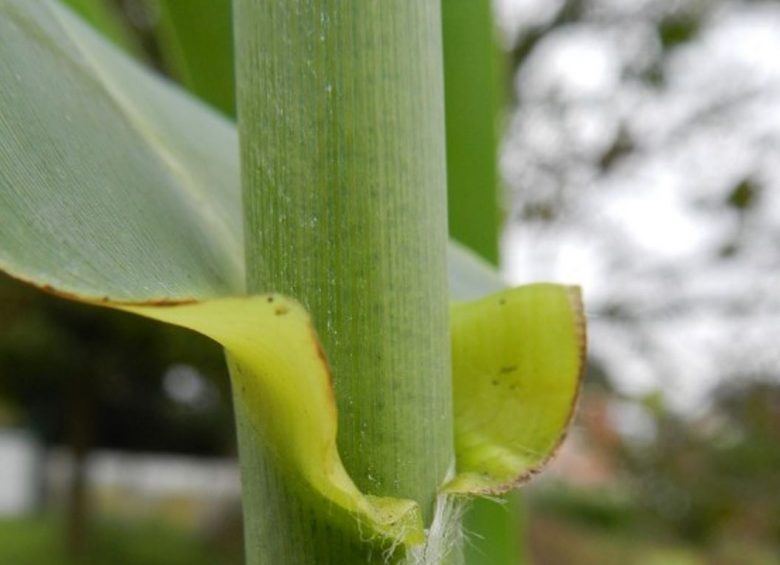
The stems of the plant of Arundo donax they are said culms, although we all know them, mostly, with the common name of reeds. Spring culms grow from primary buds and are called maggenghe. In the summer months, however, the Augustan reeds sprout, i.e. those generated by secondary gems. The latter will eventually grow a little less than the former, this is their main difference.
The reeds have an erect bearing, lignify over time, are extremely flexible and resistant, reaching average heights of 4-6 m. The length is divided into knots, solid at the point of intersection, hollow instead in the internode.
Leaves
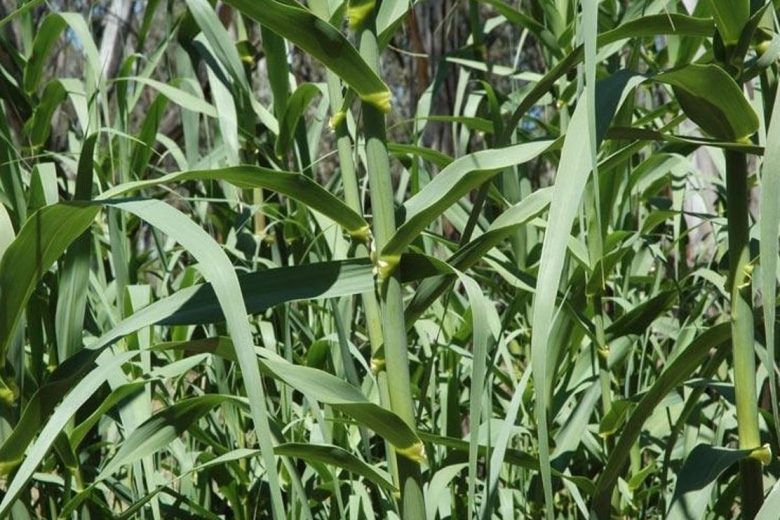
The stems of the common reed are almost totally enveloped by a sheath, or the foliar apparatus, typically of a green-glaucous color. In the basal part of the cane, the sheath develops a reduced leaf blade, which expands by elongating in the median part, and then gradually narrowing towards the apex. The leaf blade at the edges is equipped with very small teeth that make it sharp, the shape is lanceolate, the posture is instead almost horizontal.
Flowers
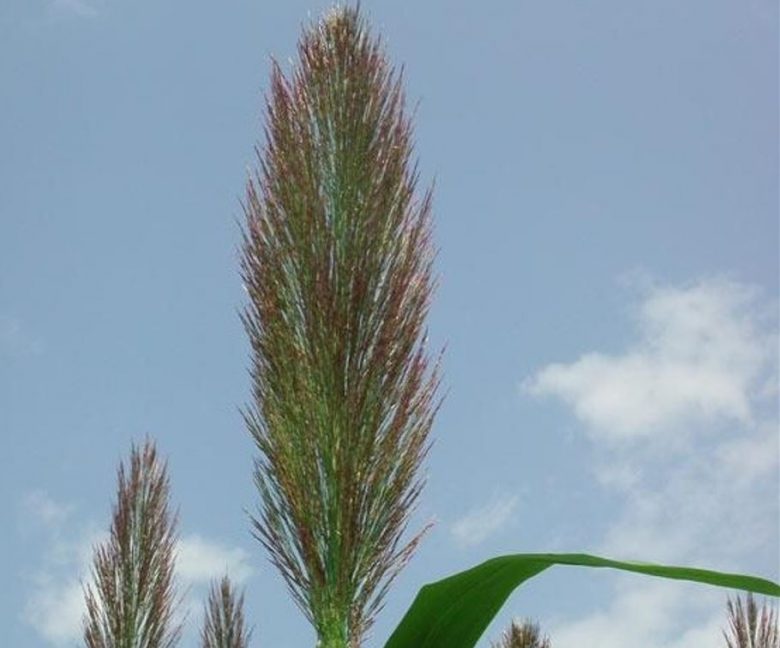
Inflorescence
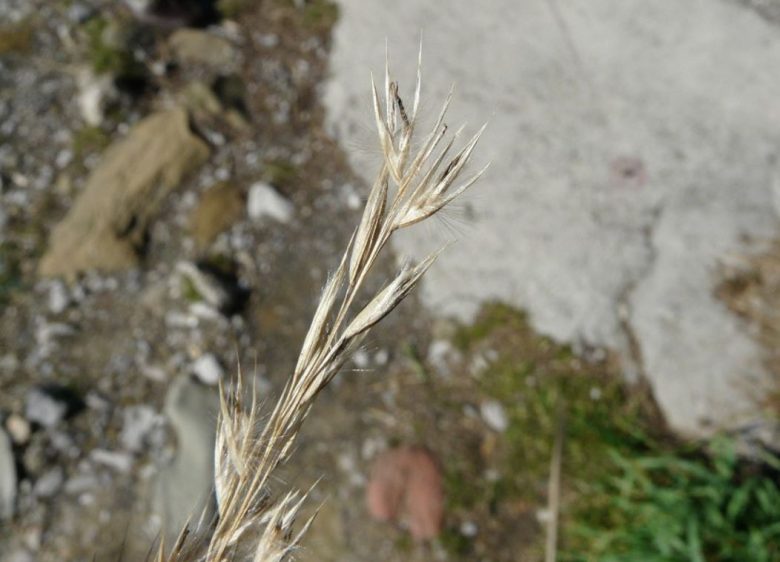
Karyoxides
The inflorescence, which develops in summer at the apex of the culms, is a terminal panicle up to 70 cm long, very branched, suffused with an ivory-violet color. The single spikelets, composed of 3-5 flowers, have glumes at the base. The single flowers, two glumettes of which the lower one is hairy on the back. The fruit is a caryopsis enclosed in the glumette.
In our latitudes, the common reed hardly brings the kernels to full maturity, so the plant does not propagate from seed.
Where does the common reed grow?
The name of domestic reed it is due precisely to the great familiarity that one has with this plant. It is not considered spontaneous, but naturalized, which means that it is a stable presence, however, due to the activity of man. The common cane has in fact a very ancient tradition and over the centuries it was widely cultivated for its use as a tutor in the fields and vineyards. It grows preferably in the Mediterranean environment, along coasts and rivers, in sandy and fresh soils, but it goes easily to hilly altitudes, up to 700-800 m asl. It partially resists flooding, but also drought with its powerful root system capable of to find water up to 1 m deep, which is why we often see it growing in marginal areas.
Why think about growing an arundeto?
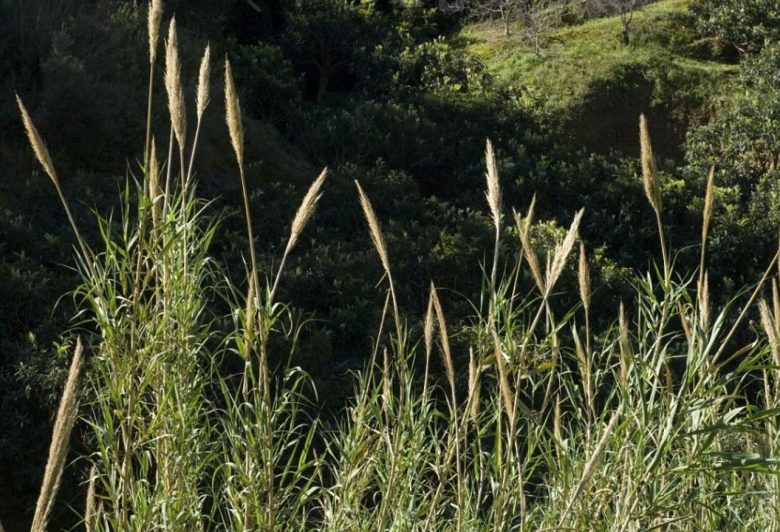
In our opinion, the cultivation of the arundo can be considered a valid opportunity for those farms with poor and marginal land and for a whole series of uses in the sector of green economy. At the crop level, we can consider it a poor plant, yes, but of needs, since:
- the need for water and fertilizers is practically nil;
- it does not particularly suffer from competition from weeds;
- does not suffer from pest attacks and fungal diseases;
- it is a perennial crop, with an anticipated and constant production over time;
- it can be worked with normal agricultural machines, for example those for the corn cultivation;
- guarantees productive biomass yields higher than many annual crops, vice versa expensive and greedy for production factors.
All these characteristics tell us that the much mistreated common cane is a cultivation that meets environmental sustainability requirements.
How to grow common cane
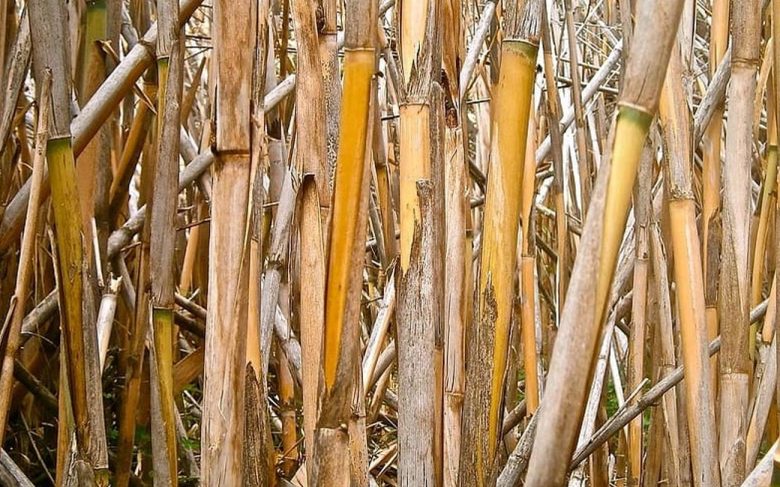
For intensive cultivation, the biggest limit is that of temperatures above a certain altitude. Specifically, it is not a plant suitable for mountain climates as the cold compromises the vitality of the rhizomes. It is very adaptable in terms of soil, from the common type of lowland, fresh and of medium texture, to the more sandy textures of coastal soils. As far as water availability is concerned, consider that the plant is able to reach even deep aquifers, so irrigation is not necessary, except in cases of emergency with really prolonged drought.
Multiplication
The planting of an arundeto can be done in spring with different vegetative reproduction techniques. As mentioned, the common reed does not propagate from seed. Specifically, therefore, one can resort to multiplication by cuttings of the stem, or to the planting of rhizomes.
Micropropagation
Another technique that is gaining ground for the reproduction of Arundo donax is that of in vitro micropropagation. In practice, the specialized nursery companies reproduce the plant by offering uniform vegetative conditions and with high rates of rooting.
Plant
The planting of the arundeto is carried out after a good working of the soil, possibly carrying out a passage with the plow and one subsequent subsoiling. A basic fertilization with very mature organic substance would be desirable, but not strictly necessary. The maximum planting sixth that can be put in the field is 1 plant per 1 square meter, with the possibility of mechanized planting, adapting the agricultural machinery. A rain irrigation (or natural precipitations) immediately after the transplant is necessary or, at least, appreciated for a better rooting.
Management
For the correct agronomic management of the arundeto we must keep in mind the botanical characteristics of the crop, that is its ability to propagate. To prevent the invasion of neighboring fields, a safety perimeter must be created by digging a ditch of at least 50 cm in depth and width. Ditch that must be kept clean during the useful life of the reeds, at least 15-20 years if not longer.
Collection
Already in the first year after implantation Arundo donax produces an excellent quantity of dry matter (biomass), equal to 50% of the plant’s potential. The arundeto enters full production capacity from the second year. Harvesting takes place in autumn, when the stems are dry enough, using the modified corn threshing heads. The yield of biomass per hectare reaches an average of 40 tons, with peaks of up to 100 with ideal cultivation conditions.
Industrial uses of the common cane
There are basically three modern production purposes of the common cane. First of all, the production of biogas and biomethane, with the anaerobic fermentation of the chopped material, from which approximately 160 cubic meters per ton are obtained (with the share of methane in the biogas produced of 55-65%). Then there is the intended use of solid biomass for the production of industrial heating fuel, such as pellets, with a calorific index of PCI of 5,100 kWh / ton.
Finally, there is the classic use in the paper industry for the production of cellulose, an area to which the production of renewable fuel (bioethanol) from a sustainable source could be extended. Therefore an agronomic opportunity to be carefully evaluated, for investments in the economy green.
Use in the garden of the common cane
In the collective imagination, the domestic cane is an integral part of the work in the garden. The canes are mainly used to make supports for vegetables, for example in the tomato cultivation. At one time, the use in vineyards was very widespread, especially in the most rugged ones and with the breeding of sapling vine.
Another characteristic use in the southern regions is the creation of esplanades for thedrying of tomatoes and gods figs.
Finally, as already mentioned, the common reed is among the best plants ever for the construction of windbreaks. A simple material, poor, but resistant and practically available all year round.
How to cut reeds
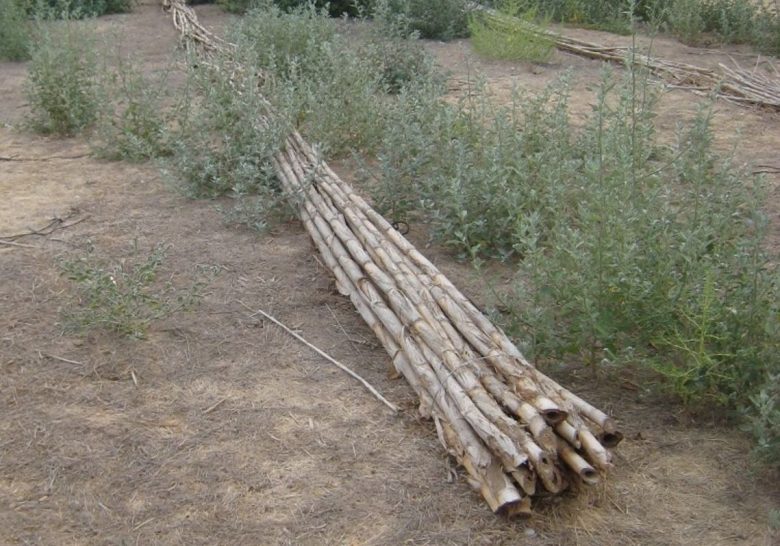
In a small reed bed the reeds must be cut when they are starting to dry out, this means that they will certainly be lignified. They are cut at the base with a hoe or a billhook, trying to choose the most vigorous specimens and thinning out to make room for those in ripening or the following year. Once the barrel is made, the sheath is removed and the weakest apex is cut. Then, all gathered in bundles, they are left to dry in a ventilated and shaded place. A reed bed near a vegetable garden is a resource of incredible value that must be preserved and cared for.
Beneficial properties and herbal use of the common cane
Not everyone knows what the common reed has medicinal properties preserved in the rhizome. The active ingredients it contains are: bitter substances, small quantities of alkaloids, potassium salts, resins. Diuretic and sweat properties derive from these active ingredients. To promote diuresis and sweating yes prepare an infusion with 2 g of dry rhizome in 100 ml of water, to be taken in 2-3 cups a day.
Collection and conservation of the common reed rhizome
The rhizome is harvested in November or March, digging powerfully with a spade. Once a portion of the rhizome has been extracted from the soil, it must be cleaned with a knife from secondary roots and other impurities. Once this is done, it is cut into small discs 1 cm thick, which will be left to dry in a dry, warm place, but not exposed to the sun (for example, near a stove or other heat source). Everything is then preserved in glass jars.
Arundo donax as an invasive species
At this point, after all that has been said about the virtues of this plant, is it still possible to consider the common reed invasive? In our opinion, obviously not. If we find a reed bed in an unwanted place, we think of the fact that it probably got there due to human activities, like the classic earthmoving that makes rhizomes explode and spread. The use of chemical herbicides to eliminate the plant is, moreover, to be considered nothing short of wicked, also because, in many situations, these are completely ineffective and their massive use risks polluting the aquifers near which normally reeds vegetate. The domestic cane can be removed mechanically or, simply, controlled and live with it by exploiting its potential.

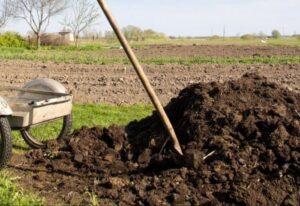
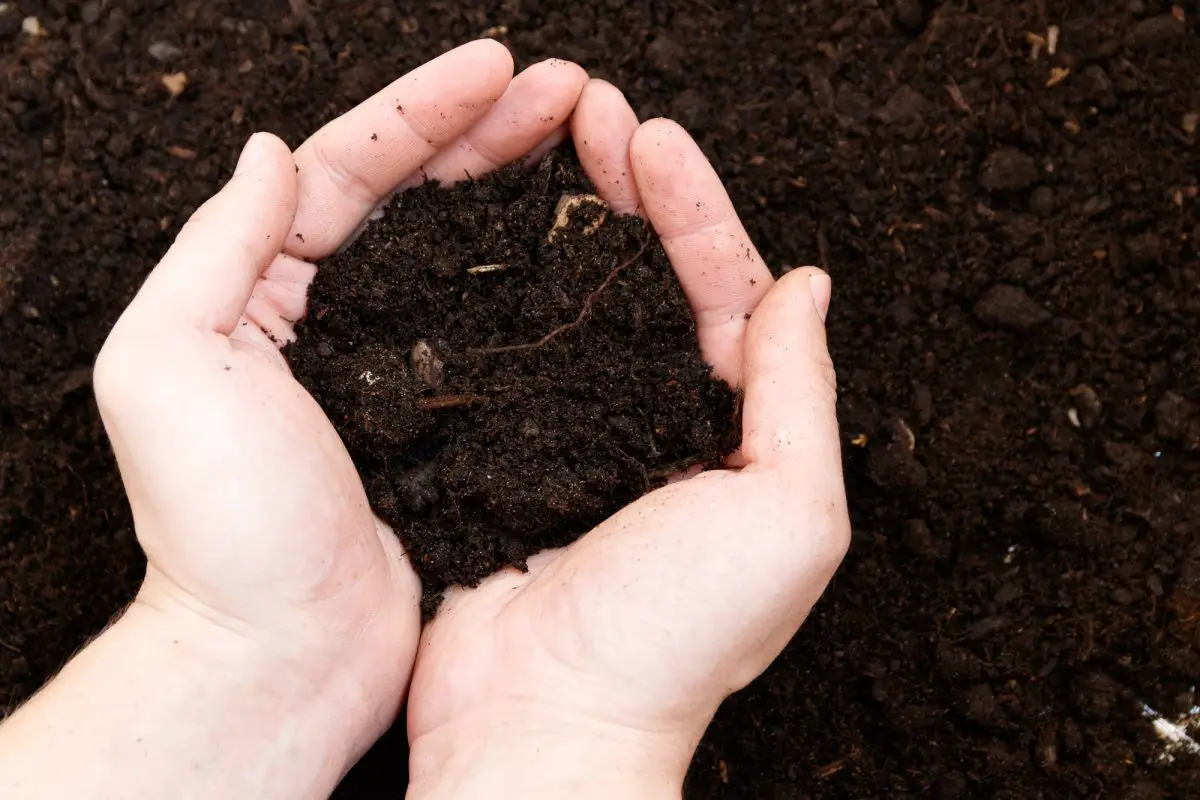
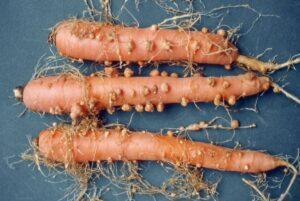
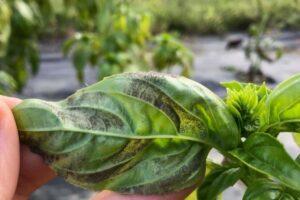
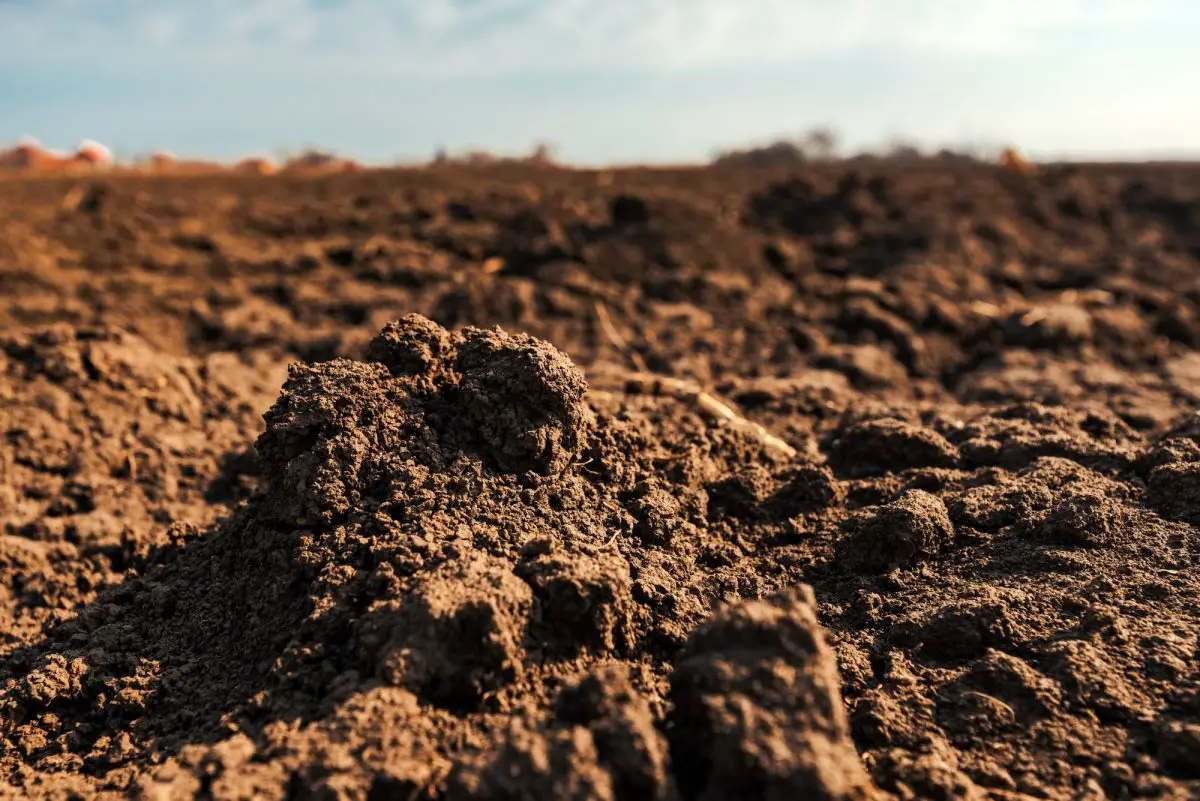
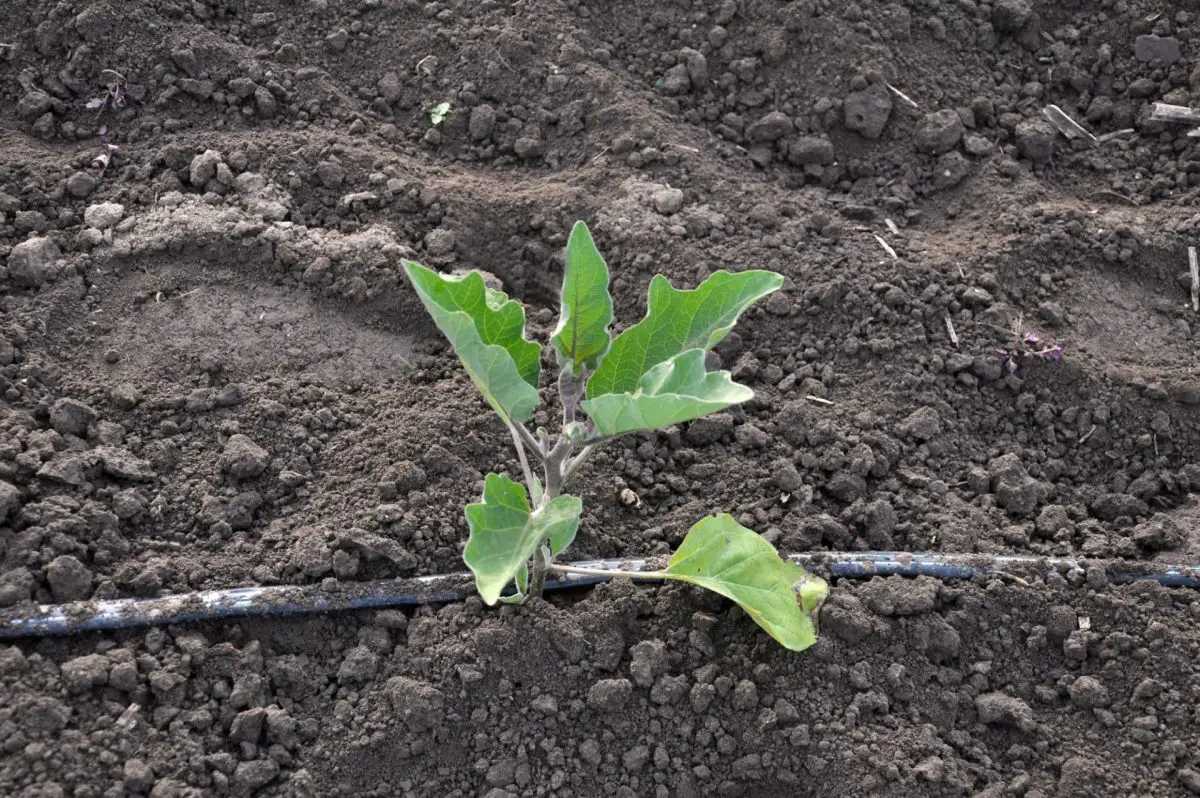
Start a new Thread